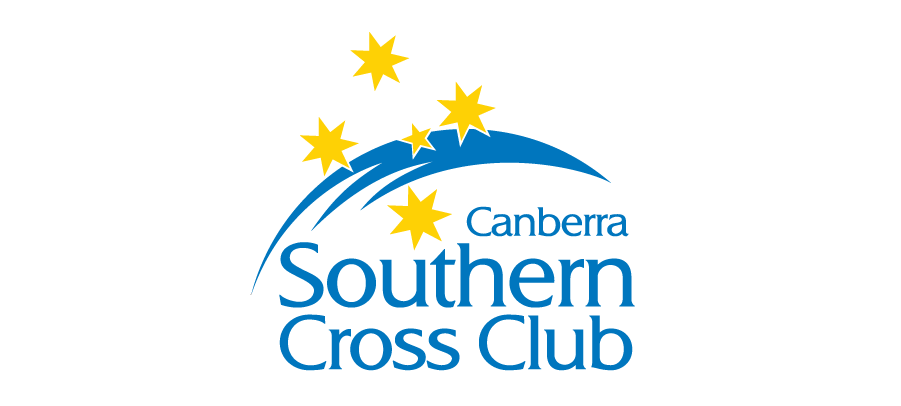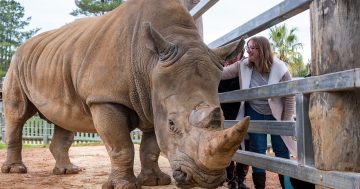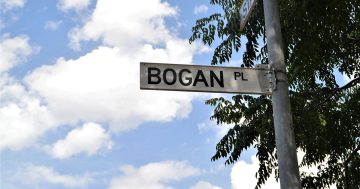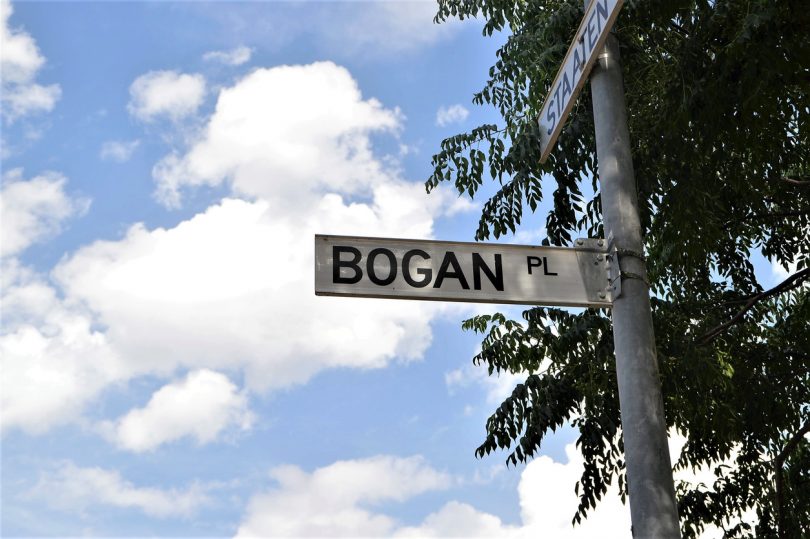
Bogan Place is named after the Bogan River which flows near Parkes in NSW. Photo: Glynis Quinlan.
Canberrans come across weird and wonderful street names throughout the territory. Think of Bogan Place in Kaleen, Grose Street in Deakin, Lads Place in Dunlop, Sly Place in Charnwood and Purves Place in Conder.
But who is responsible for bestowing these quirky names upon the streets we live on?
Meet the ACT Place Names Committee – a dozen Canberrans who determine the names of suburbs, streets, roads, public places and geographic features in the nation’s capital.
Led by Surveyor-General of the ACT Jeff Brown, the committee researches and recommends names for places in the territory under the Public Place Names Guidelines.
The process of selecting names is pretty simple.
“The first step, of course, is to select a suburb name and then the second step is to select a theme for the suburb,” Mr Brown told Region Media. “In the ACT, most of our suburbs have a naming theme and the Place Names Committee plays a role in helping with both of those selections.
“Those are then approved by the Minister for Planning and Land Management Mick Gentleman or his delegate. Then once we have a draft layout of roads and streets, we will research appropriate names that suit the theme.”
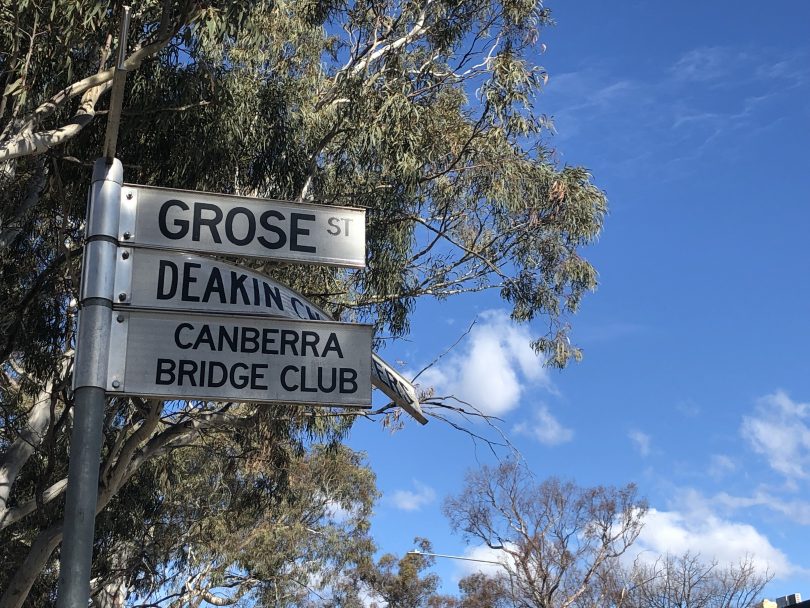
Grose Street commemorates Francis Grose who was the First Commander of New South Wales Corps in 1789. Photo: Lachlan Roberts.
There is, of course, selection criteria that the research team has to adhere to: the name must be unique and it cannot be named after a living person – if using a personal name, they must only be named after a person who has been deceased for at least 12 months.
They are not allowed to commemorate a company or corporate name and reasonable steps must be taken to obtain permission from the relatives, close colleagues or a relevant professional organisation before naming a public place after a person.
And most importantly, a person’s name should not be determined for a major thoroughfare or arterial road unless they have attained prominence or standing in their particular field.
Having selected over 6,000 names and trawled through many more, Mr Brown does not personally remember every reason for every single name but can recall a few.
For those who are wondering, Bogan Place is named after the Bogan River which flows near Parkes in NSW. Lads Place is an acronym for an aircraft’s laser airborne depth sounder, Grose Street is named after Francis Grose who was the First Commander of New South Wales Corps in 1789 and Sly Place is named after NSW pioneer and founder of Bourke, William Sly.
“The great thing about the Place Names Committee is that sometimes there are names that are big names that everybody knows, but sometimes they are people who have been under the radar who have done great things,” Mr Brown said.
“The team does a great job seeking out the names of people who are really worth commemorating which aren’t always household names and also finding opportunities to commemorate more women and names which represent an inclusive community.
“It is a great way to recognise some great Australians or people who have contributed to Australia in a significant way.”
Other interesting names and their origins:
Barr Place in Wanniassa – While it may not be named after Chief Minister Andrew Barr, it is named after Victorian writer and politician John Mitchell Barr.
Purves Place in Conder – Purves Place is named in honour of Anne Newell Purves, who was awarded the OAM in 1997 for service to the arts and to the promotion of Australian artists through galleries and arts organisations.
Punch Place in Monash – This cul-de-sac is in honour of engineer John Punch.
Sanger Street in Franklin – Sanger Street commemorates author and haematologist Doctor Ruth Sanger, and not sandwiches.
Vagabond Crescent in McKellar – Named after journalist and author John Stanley James, who wrote under the nom-de-plume of The Vagabond.
Carina Street in Ngunnawal – is named for the Aboriginal word meaning ‘bride’.
Dragon Street in Throsby – commemorates the Grassland Earless Dragon and the Eastern Bearded Dragon.
To find out the meaning behind your street, click on this link.








